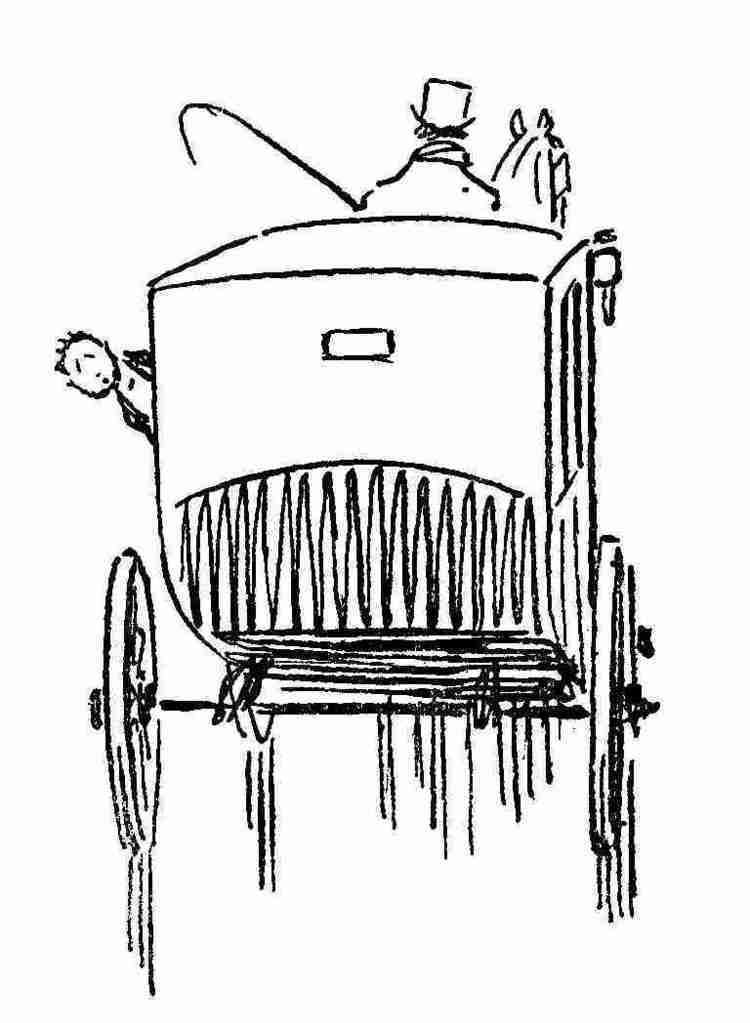Nationality Swiss, French | Occupation Engraver | |
 | ||
Died 11 January 1937, Paris, France | ||
Charles Émile Egli (known as Carlègle; 30 March 1877 - 11 January 1937) was a Swiss-born illustrator and painter who spent most of his life in Paris.
Contents
Early years
Charles Émile Egli was born in Aigle, Switzerland on 30 March 1877. He was educated in Aigle and then at the college of Vevey. When he was eighteen he attended engraving classes of Alfred Martin at the school of industrial arts in Geneva. Four year later he moved to Paris, where he stayed the rest of his life. Egli studied at the École des Beaux-Arts.
Career
Egli adopted the pseudonym of Carlègle. He soon became known in satirical journals like Le Rire, Le Sourire, La Vie Parisienne, L'Assiette au Beurre, Fantasio, La Gazette do Bon Ton, Les Humoristes and Qui lit rit. Egli excelled in wood engraving. His illustrations for Daphnis et Chloé exhibited in the autumn Salon of 1913 launched his career. From then until his death in 1937 he illustrated books by classical and contemporary authors such as Virgil, Paul Valéry, Blaise Pascal, Paul Verlaine, Anatole France and Charles Maurras. He was naturalized in 1927.
Charles Émile Egli died in Paris on 11 January 1937. He was the subject of a book by Hugues Delorme published in 1939.
Selected works
Books that Egli illustrated include:
